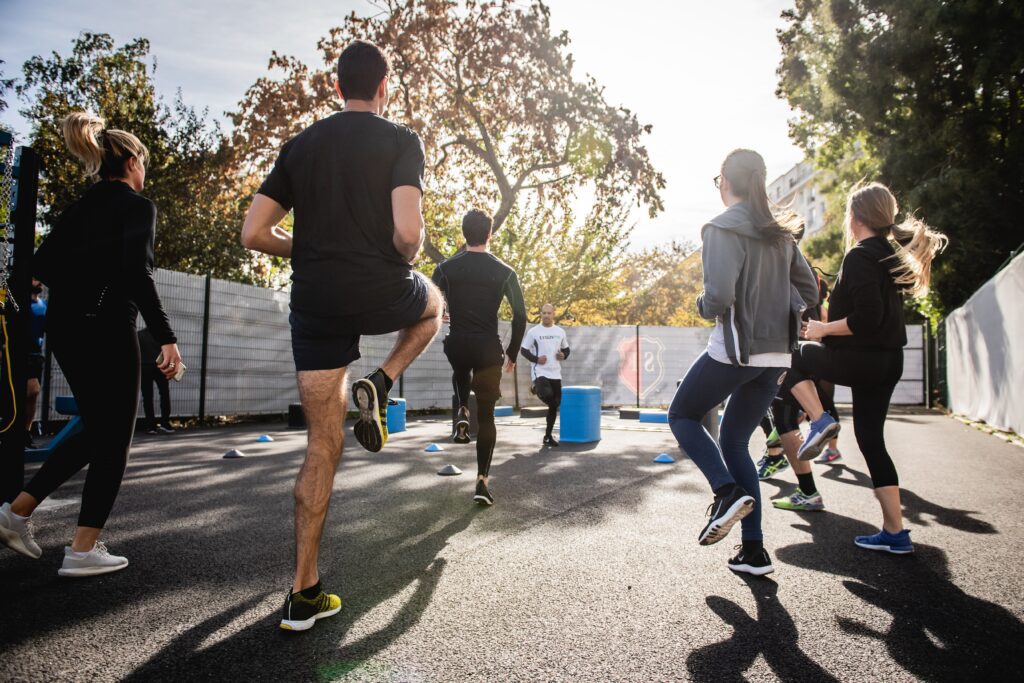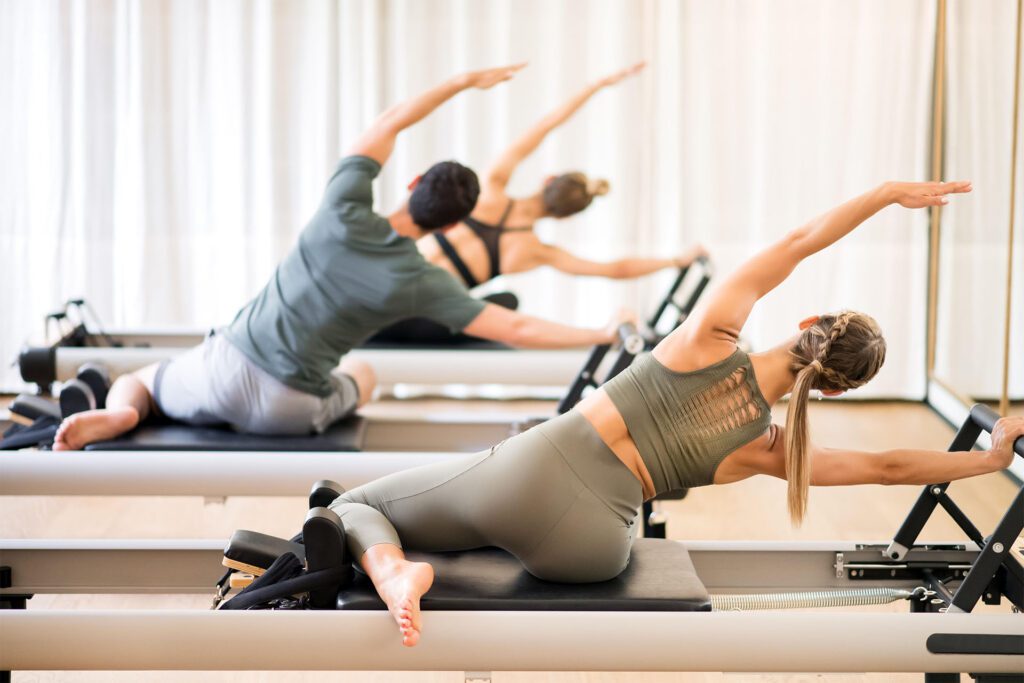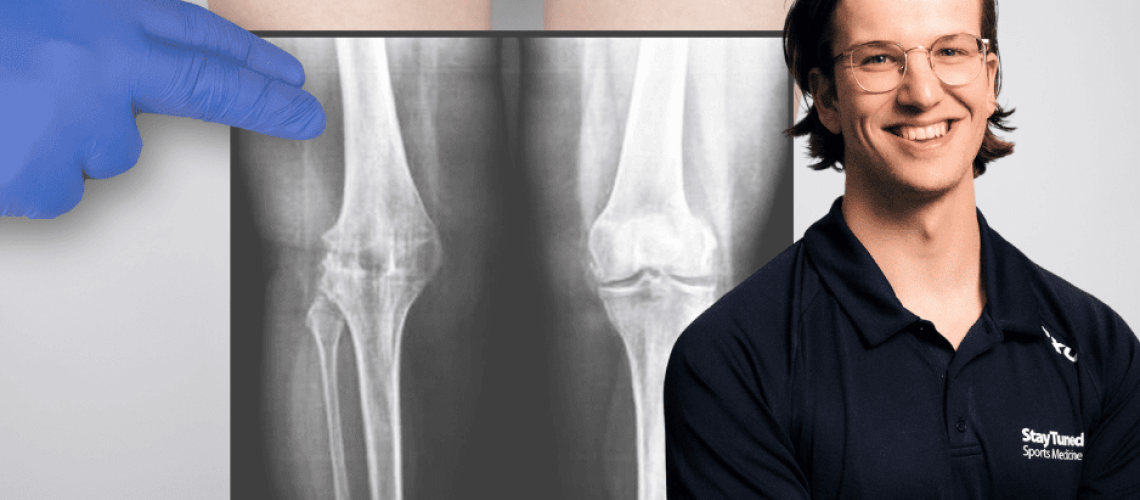Osteoporosis is a condition that weakens your bones, making them more porous and putting you at risk of a fracture. It’s common among older adults, especially postmenopausal women, but anyone can develop it. Regular exercise can significantly strengthen your bones, improve balance, and reduce your risk of fractures. In this blog, we’ll dive into how exercise can help manage osteoporosis and provide practical tips on how to get started with a bone-healthy workout routine.
Why Exercise is Important for Osteoporosis
When you have osteoporosis, your bones become less dense and more brittle. This happens because, over time, the body breaks down bone faster than it can build new bone. Exercise helps reverse this process by stimulating bone formation, improving bone density, and slowing down bone loss (Bonura et al., 2022).
Regular physical activity also strengthens muscles, which helps improve balance and coordination. Better balance means you’re less likely to fall, a major concern for people with osteoporosis (Howe et al., 2011). In short, exercise helps keep bones strong and reduces the risk of injury.

Types of Exercises for Osteoporosis
Three main types of exercise can help manage osteoporosis: weight-bearing exercises, strength training (resistance exercises), and balance exercises.
Weight-Bearing Exercises
Weight-bearing exercises force you to support your body weight, stimulating bone growth and improving bone density (Giangregorio et al., 2014). Examples include:
- Walking: Simple and effective, walking puts weight on your bones and helps strengthen them. Aim for at least 30 minutes a day.
- Hiking: Walking on uneven terrain can challenge your balance and provide additional resistance.
- Jogging or Running: These higher-impact activities may further strengthen bones but should be approached cautiously depending on fitness levels.
- Dancing: A fun, social way to strengthen bones, with varied movements benefiting the lower body.
- Stair Climbing: Climbing stairs strengthens your legs and stimulates bone growth.
For beginners, starting with low-impact activities like walking and gradually progressing to higher-impact exercises is advised (Bonura et al., 2022).

Strength Training (Resistance Exercises)
Resistance exercises improve bone density and muscle strength, helping to reduce falls and fractures (Beck et al., 2017), e.g;
- Weight Lifting: Use light dumbbells or weight machines to strengthen bones and muscles.
- Bodyweight Exercises: Squats, lunges, push-ups, and wall sits offer effective, bone-friendly resistance.
- Resistance Bands: Great for beginners, exercises like leg presses and shoulder raises target bone and muscle health.
Aim for two to three sessions per week, with a day of rest in between (Beck et al., 2017). Working with a health professional can help ensure safe and effective techniques.

Balance and Flexibility Exercises
Improving balance reduces the risk of falls and fractures, which are significant concerns for people with osteoporosis (Howe et al., 2011), e.g;
- Tai Chi: This gentle, flowing exercise enhances balance and reduces fall risk.
- Yoga: Certain poses improve strength, balance, and flexibility.
- Single-Leg Balances and Heel-to-Toe Walks: Simple yet effective exercises for stability.
Stretching and flexibility exercises complement balance exercises by maintaining joint mobility and reducing stiffness (Giangregorio et al., 2014).

Tips for Exercising with Osteoporosis
Exercising safely is crucial for managing osteoporosis:
- Start Slowly: Begin with light activities and gradually increase intensity.
- Seek Professional Guidance: Osteopaths and physiotherapists can design tailored programs to meet your needs (Giangregorio et al., 2014).
- Listen to Your Body: Stop exercising if you experience pain or discomfort, and consult a healthcare provider.
- Stay Consistent: Regular exercise, combining weight-bearing, resistance, and balance activities, provides the best results.
Exercise is a cornerstone of managing osteoporosis. Weight-bearing activities, strength training, and balance exercises all contribute to slowing bone loss, improving bone density, and reducing fall risk. By adopting a consistent exercise routine and seeking professional guidance, you can protect your bones and enjoy an active, healthy life. If you need extra support in preparing for your next event, our practitioners are always here to help; make a booking.
Dr Daniel Raab
Osteopath

Additional Resources
Beck, B. R., Daly, R. M., Singh, M. A. F., & Taaffe, D. R. (2017). Exercise and Sports Science Australia (ESSA) position statement on exercise prescription for the prevention and management of osteoporosis. Journal of Science and Medicine in Sport, 20(5), 438-445. https://doi.org/10.1016/j.jsams.2016.10.001
Bonura, S., Pate, J. A., & McClellan, W. (2022). Impact of exercise on bone health in postmenopausal women. Clinical Interventions in Aging, 17, 41-56. https://doi.org/10.2147/CIA.S345678
Giangregorio, L. M., et al. (2014). Too Fit To Fracture: Exercise recommendations for individuals with osteoporosis or osteoporotic vertebral fracture. Osteoporosis International, 25(3), 821-835. https://doi.org/10.1007/s00198-013-2523-2
Howe, T. E., Shea, B., Dawson, L. J., Downie, F., Murray, A., Ross, C., & Creed, G. (2011). Exercise for preventing and treating osteoporosis in postmenopausal women. Cochrane Database of Systematic Reviews, 2011(7). https://doi.org/10.1002/14651858.CD000333.pub2

